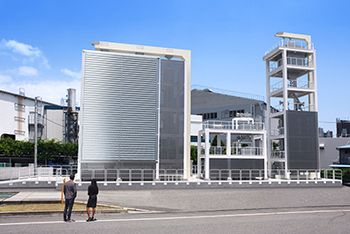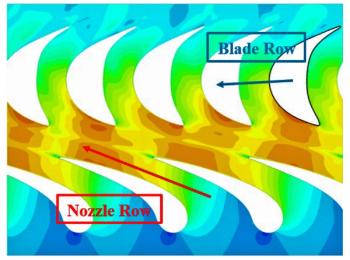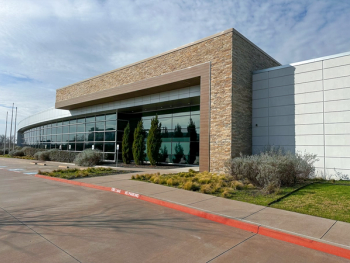
TurboTime Podcast: The Latest in Centrifugal Compressors
The Myth Busters Klaus Brun and Rainer Kurz cover the latest technological updates and trends in centrifugal compressors, including AI integration and the penetration of renewables.
In this episode of the TurboTime podcast, Myth Busters Klaus Brun of Ebara Elliott Energy and Rainer Kurz of RKSBenergy delve into the most recent updates in centrifugal compressor technology, including improved, AI-integrated control systems and units designed for renewables operation. Brun and Kurz also explain centrifugal basics, highlight the best applications for these designs, and provide insight on the technology’s future as dynamic analysis improves.
Kurz: The purpose of any compressor is to increase the pressure of a gas. We have axial compressors where the flow is mostly directed toward the shaft, but in a centrifugal compressor we see the flow coming into the impeller in an axial direction and leaving in a roughly radial direction. Aerodynamically, this allows you to increase the pressure ratio per stage compared to an axial machine. In a way, it’s also easier to build an aerodynamically functional centrifugal compressor than an axial compressor—this is why they were successful early on.
Just like in any compressor, you have a rotating piece—the impeller—that imparts energy into the gas and then a diffuser converts kinetic energy into more pressure. Similarly to an axial compressor, centrifugal designs leverage a two-stage process…For very low flows, reciprocating compressors have the advantage, but if you reach higher flows, you’ll need centrifugal compressors. In a centrifugal compressor, the method to increase pressure involves a dynamic system where you change the working fluid’s direction in the rotating frame and convert excess kinetic energy into pressure.
Brun: We see hermetically sealed machines for subsea applications, which is really the only option in this environment, and in other applications primarily in Europe; however, you don’t really see them in the rest of the world. Most operators prefer a conventional centrifugal compressor driven by an electric motor with or without a gearbox. Some do choose the magnetic bearing route, although it is relatively rare as most choose fluid film bearings and dry gas seals. The leakage rate for dry gas seals is so low that it’s difficult to consider as a real problem.
I still see many machines that experience a trip and emergency shutdown and immediately enter a transient surge situation, which may have been avoided with a dynamic analysis. Dynamic analysis has really come along in the last 20 – 30 years, as you can reasonably and accurately predict machine behavior in a dynamic upset situation. Also, the control systems have improved—it’s no longer just a linear control line and surge line.
Newsletter
Power your knowledge with the latest in turbine technology, engineering advances, and energy solutions—subscribe to Turbomachinery International today.





